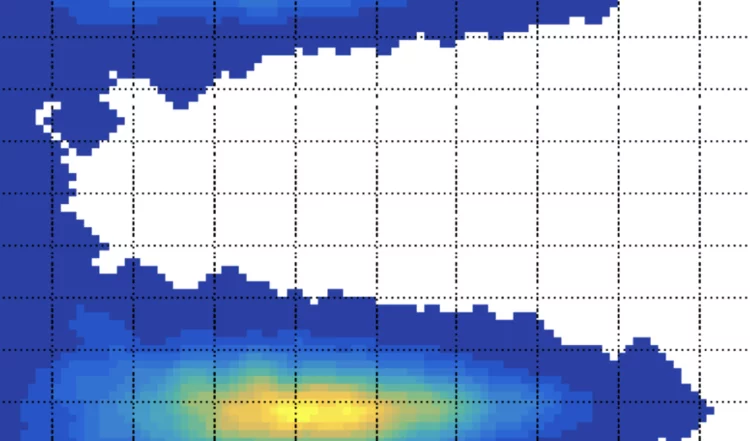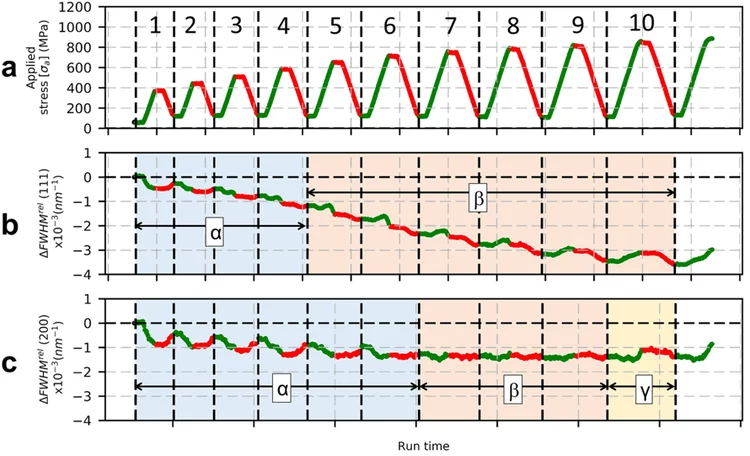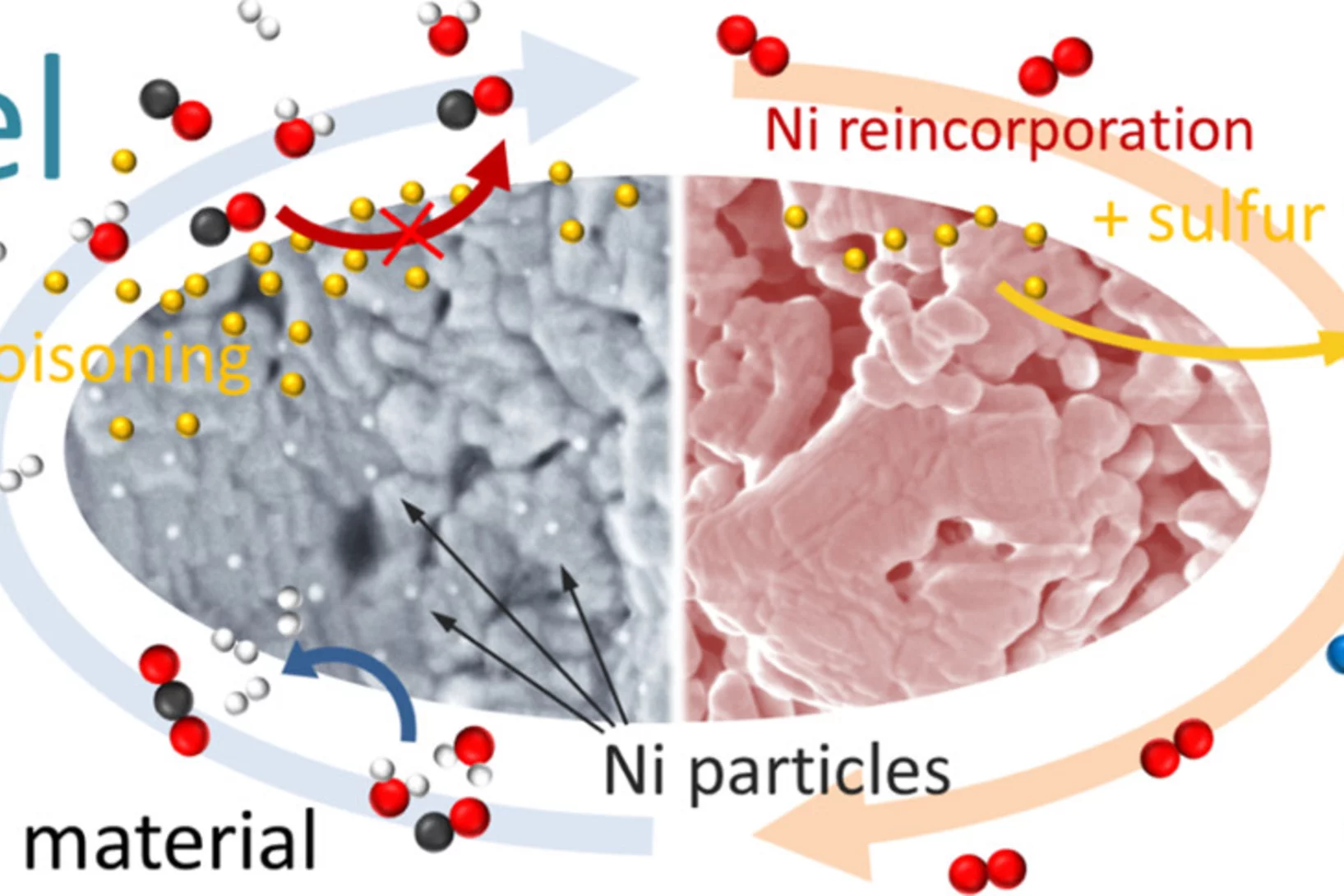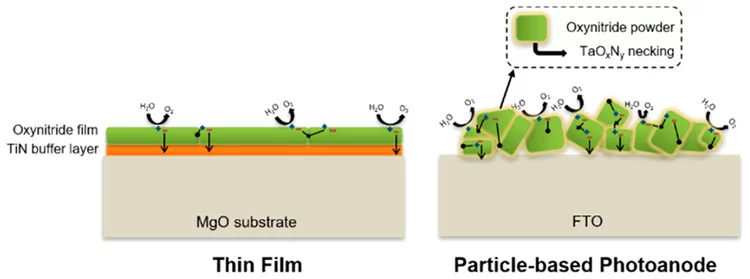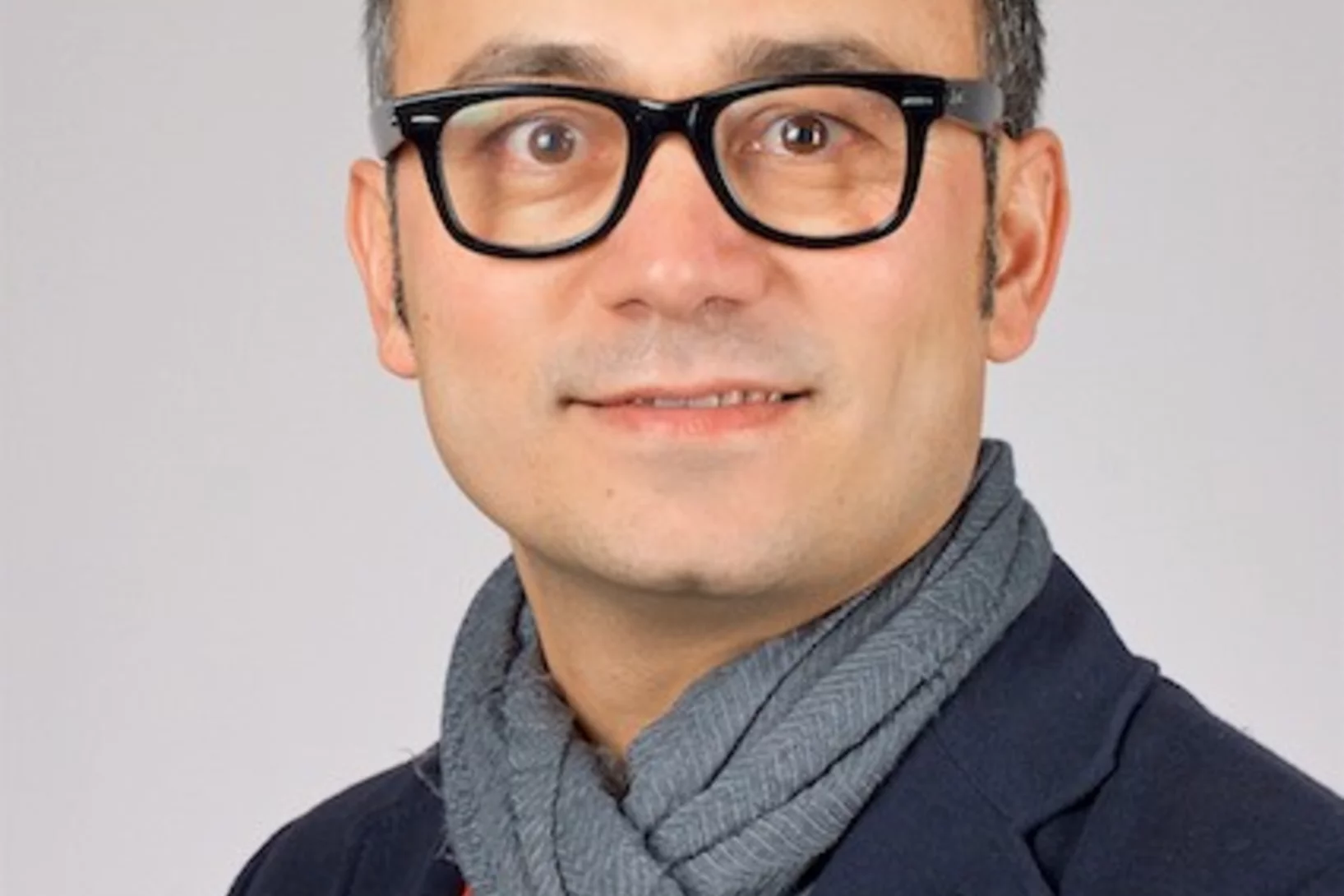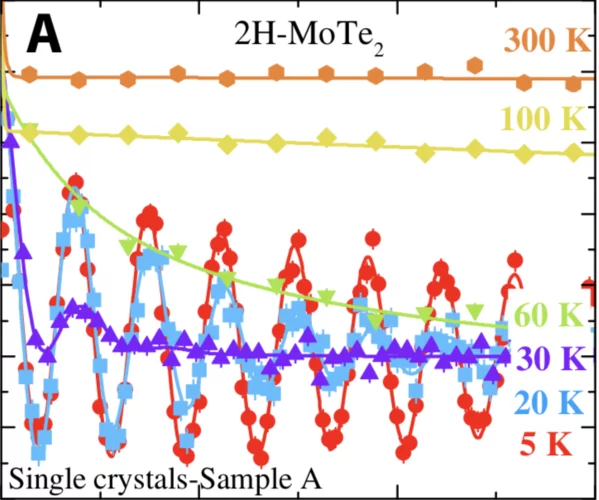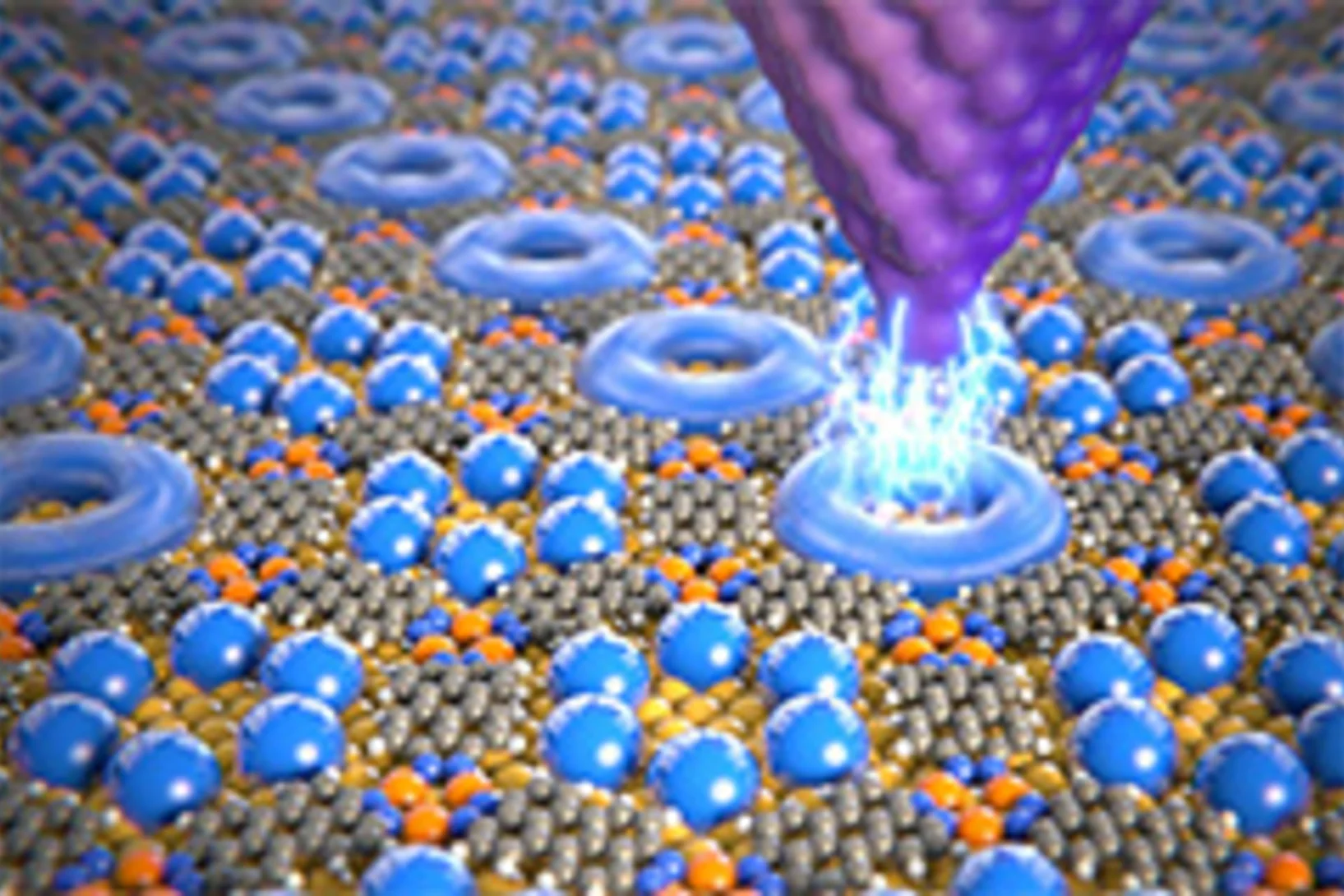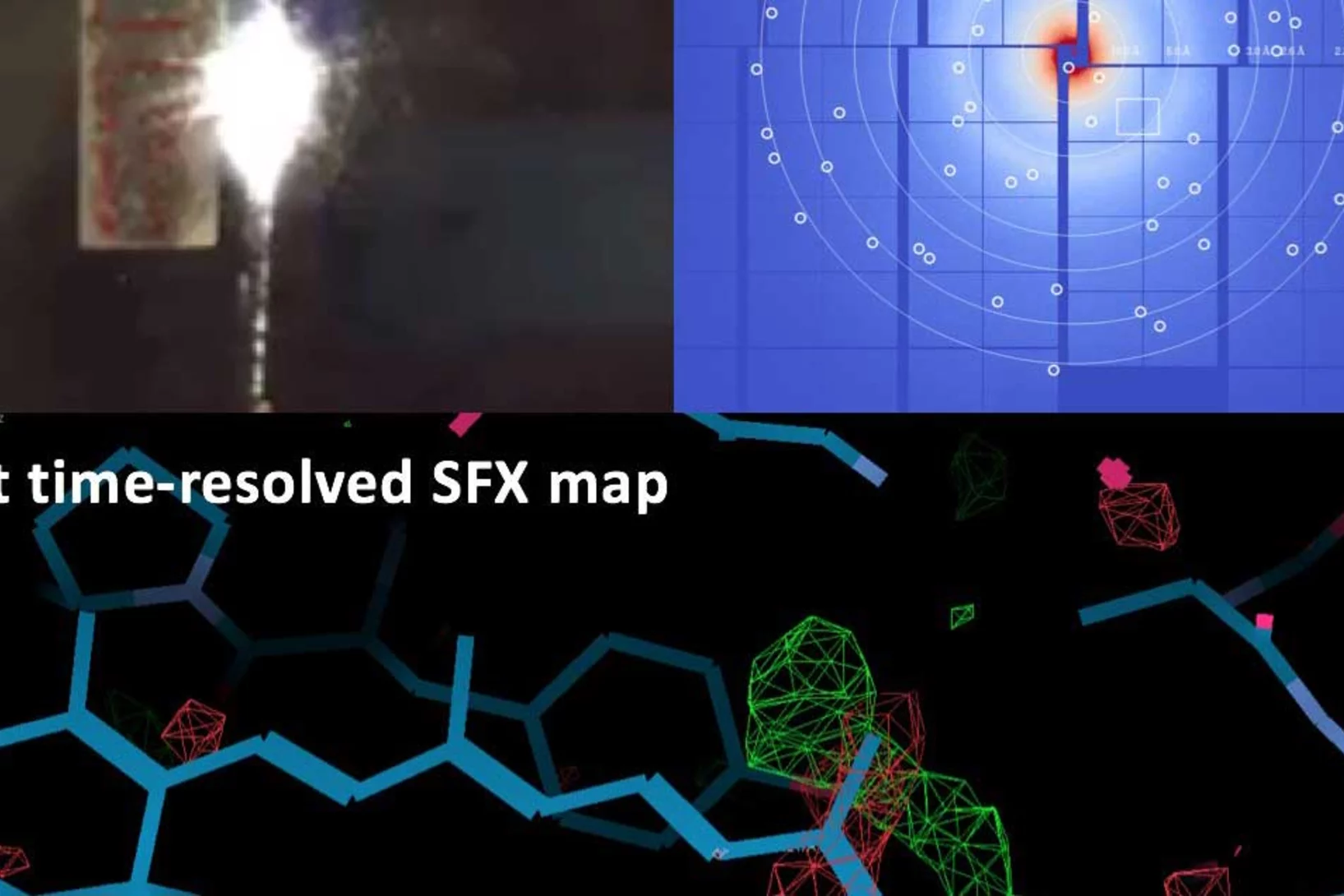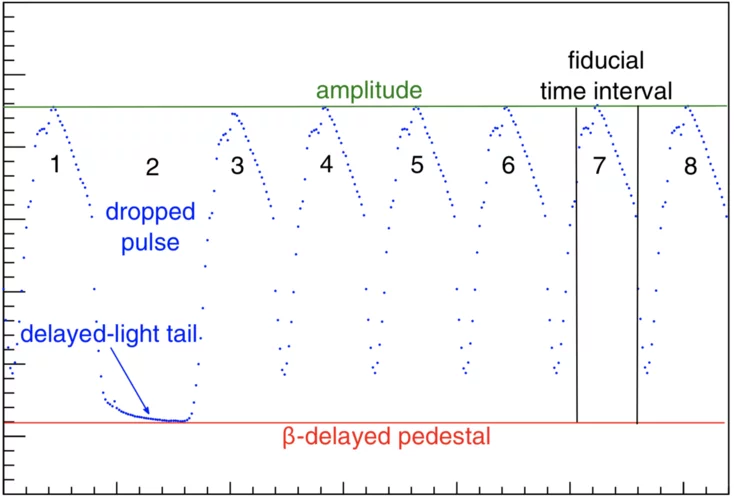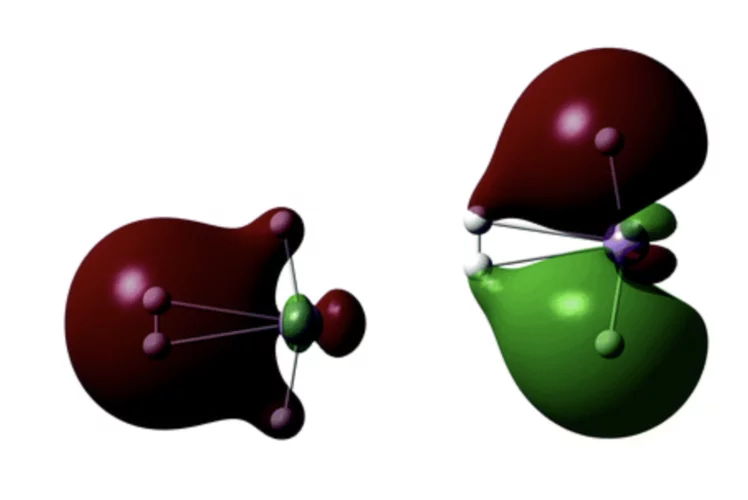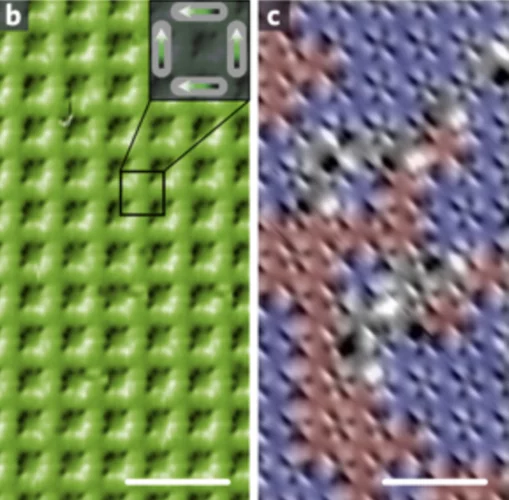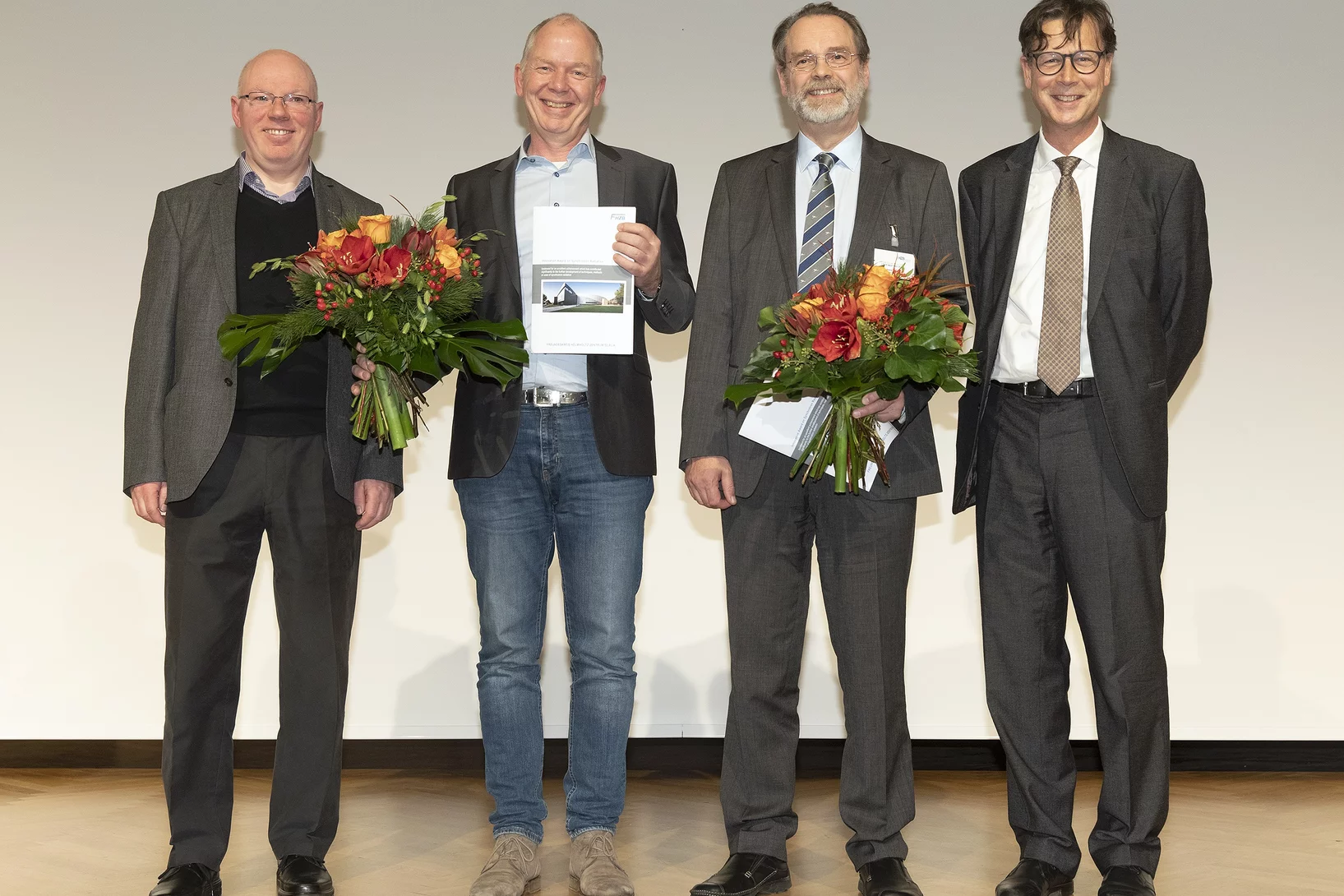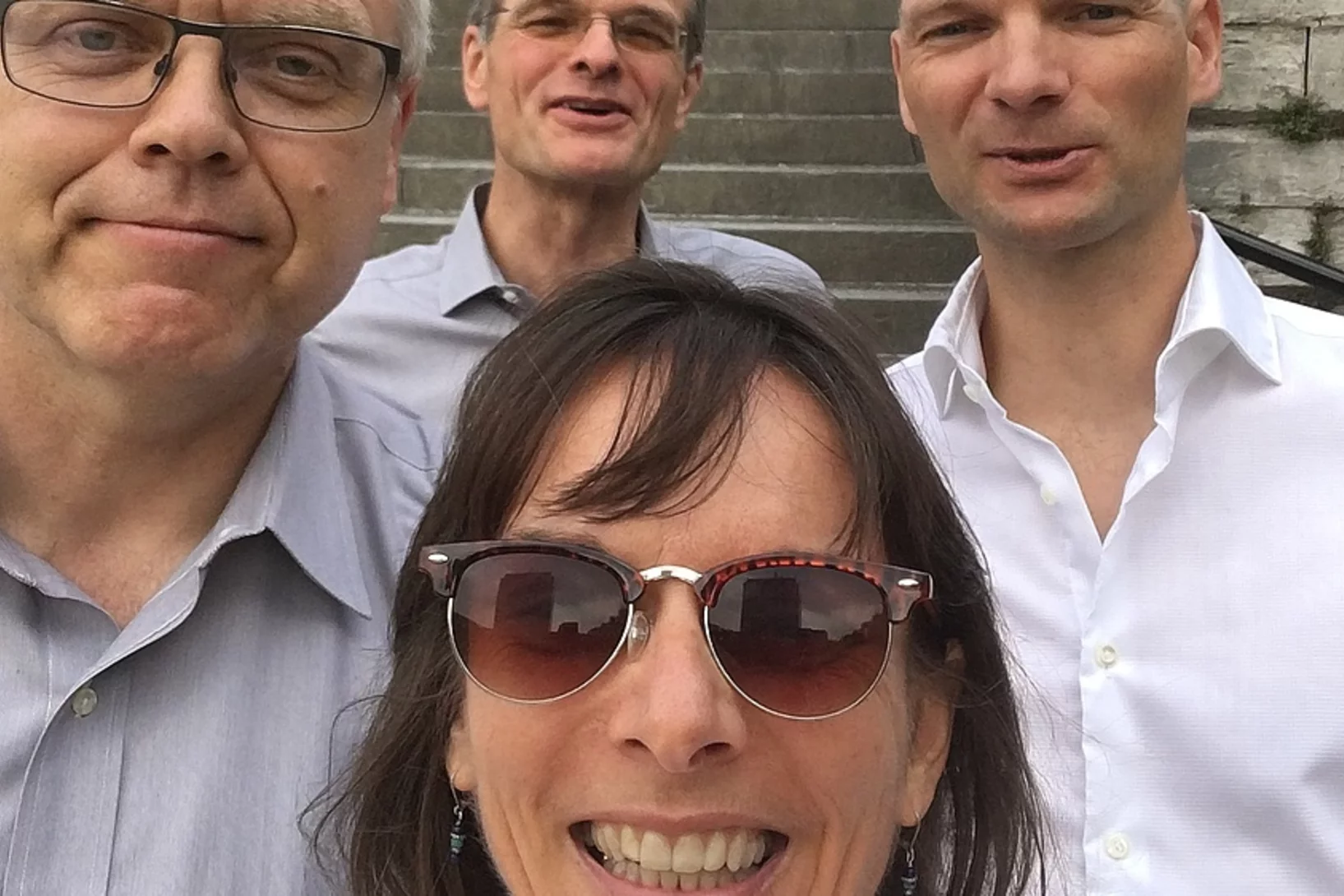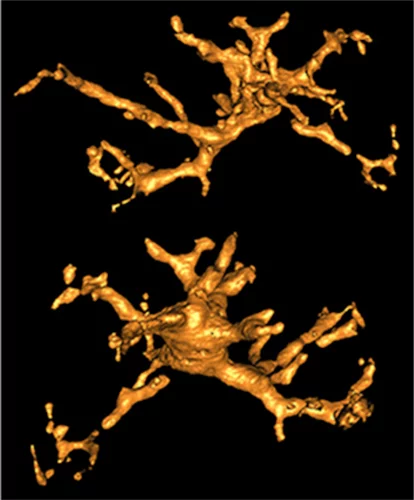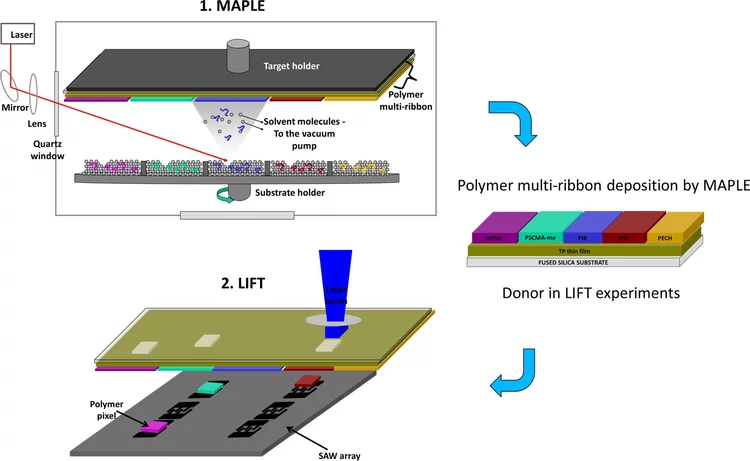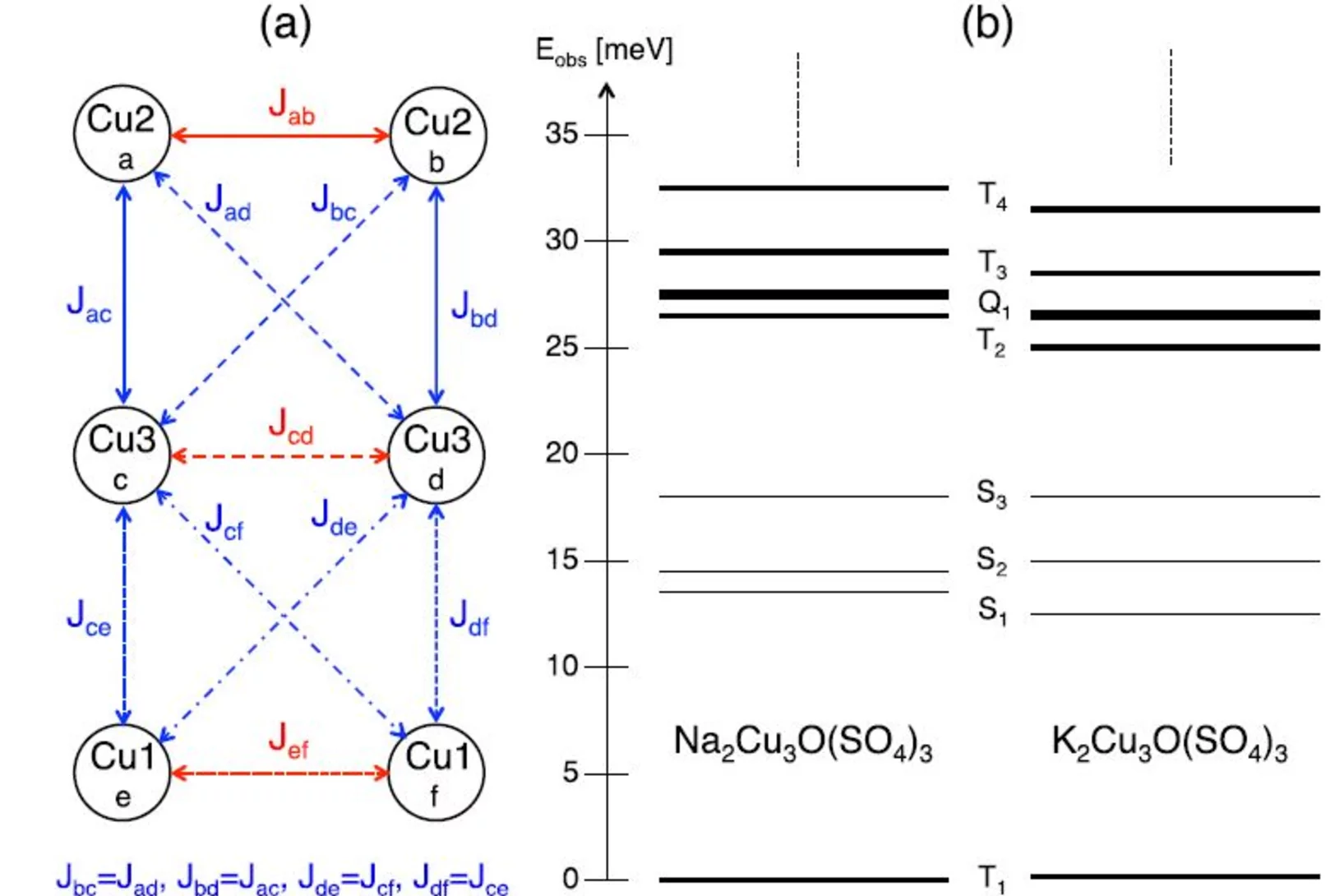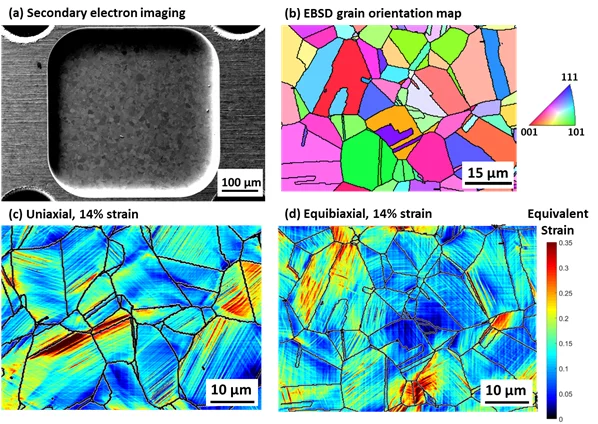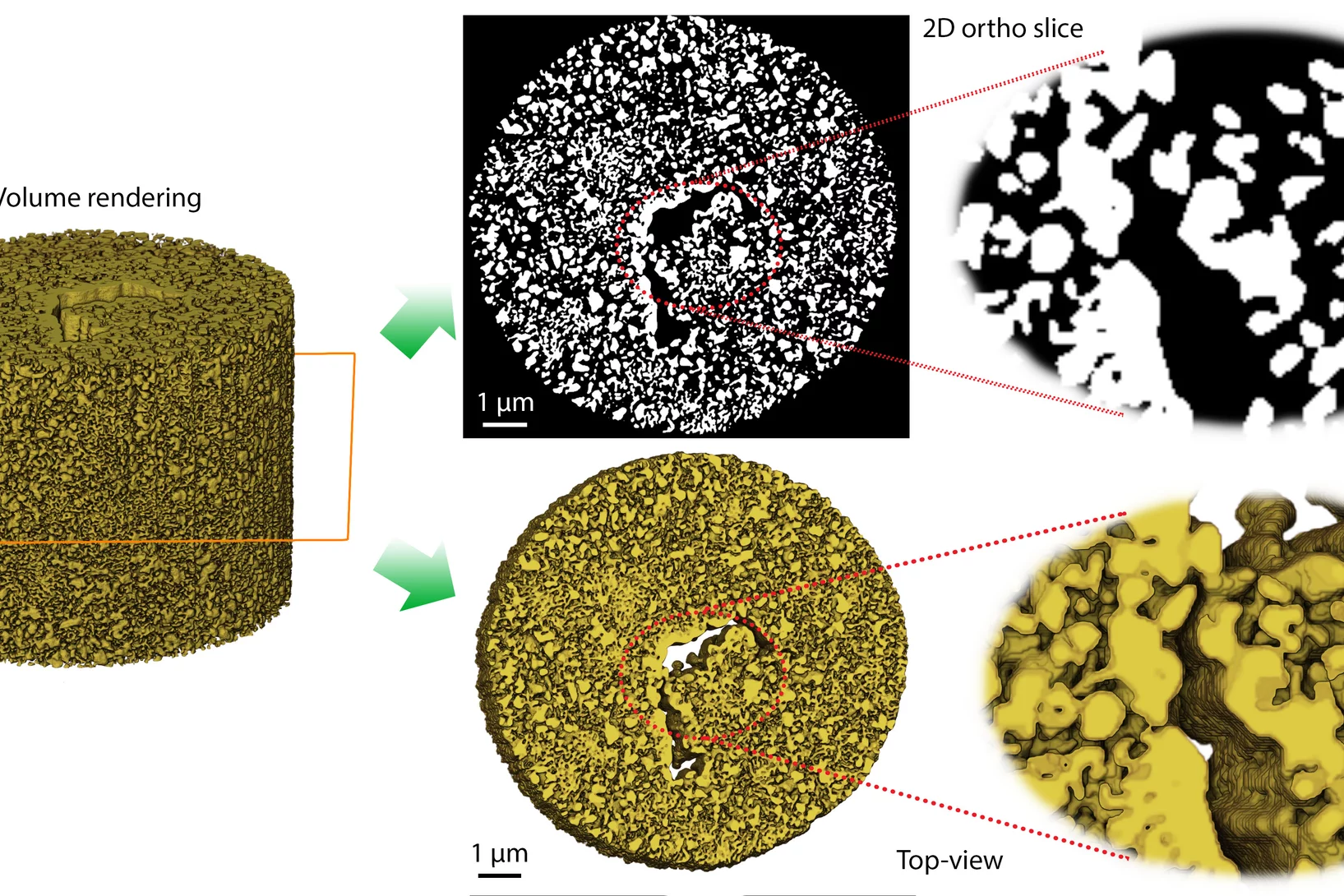Abkehr von der Kernenergie, Ausbau von Solar- und Windkraft, Energiegewinnung aus Biomasse, Senkung des Energieverbrauchs. Bis 2050 soll die Schweiz klimaneutral werden. Ein ehrgeiziges Ziel, welches durch die zunehmend herausfordernde geopolitische Lage dringlicher denn je geworden ist. Wie lässt sich in den nächsten Jahren eine nachhaltige und widerstandsfähige Energieversorgung für die Schweiz aufbauen? Wie können erneuerbare Energien optimal genutzt werden? Welche neuen Technologien sind besonders vielversprechend? Am PSI suchen Forschende nach Antworten auf diese entscheidenden Fragen.
Detailed polarization measurements of the prompt emission of five gamma-ray bursts
Gamma-ray bursts (GRBs) are the strongest explosions in the Universe since the Big Bang. They are believed to be produced either in the formation of black holes at the end of massive star evolution or the merging of compact objects.
Revealing the role of microstructure architecture on strength and ductility of Ni microwires by in-situ synchrotron X-ray diffraction
The effect of diameter reduction on the mechanical properties of cold-drawn nickel microwires has been analyzed by a combination of in situ X-ray diffraction and electron backscatter diffraction observations.
Sulfur poisoning recovery on a SOFC anode material through reversible segregation of Nickel
Exploitation of the self-regenerative property of perovskite-type oxides allowed to demonstrate recovery of La0.3Sr0.55Ti0.95Ni0.05O3 from sulfur poisoning by reversible segregation-incorporation of Ni at SOFC temperatures.
Oxynitride Thin Films versus Particle-Based Photoanodes: A Comparative Study for Photoelectrochemical Solar Water Splitting
The solar water splitting process assisted by semiconductor photocatalysts attracts growing research interests worldwide for the production of hydrogen as a clean and sustainable energy carrier. Because of their optical and electrical properties, several oxynitride materials show great promise for the fabrication of efficient photocatalysts for solar water splitting. This study reports a comparative investigation of particle- and thin-film-based photocatalysts using three different oxynitride materials.
Dr Yasin Ekinci elected as Fellow of SPIE
Dr. Yasin Ekinci, Head of the Advanced Lithography and Metrology Group and ad interim Head of the Laboratory for Micro and Nanotechnology, has been elected to the grade of Fellow of The International Society for Optics and Photonics (SPIE).
Dr Mirjam van Daalen appointed as Swiss ESFRI delegate
Dr. Mirjam van Daalen Chief of staff of the Photon Science Division, was mandated on the 1st of January 2019, by the State Secretariat for Education, Research and Innovation SERI as a member of the Swiss Delegation to the European Science Forum on Research Infrastructures ESFRI https://www.esfri.eu/.
SESAME beamline for tomography project (BEATS) is launched
On 1st January 2019, the European Horizon 2020 project BEAmline for Tomography at SESAME (BEATS) was launched with the objective to design, procure, construct and commission a beamline for hard X-ray full-field tomography at the SESAME synchrotron in Jordan. The European grant is worth 6 million euros and will span a four-year period from beginning 2019 to end 2022.
Time-Reversal Symmetry Breaking in Re-Based Superconductors
To trace the origin of time-reversal symmetry breaking (TRSB) in Re-based superconductors, we performed comparative muon-spin rotation and relaxation (μSR) studies of superconducting noncentro-symmetric Re0.82Nb0.18 (Tc=8.8 K) and centrosymmetric Re (Tc=2.7 K).
Magnetism in semiconducting molybdenum dichalcogenides
Transition metal dichalcogenides (TMDs) are interesting for understanding the fundamental physics of two-dimensional (2D) materials as well as for applications to many emerging technologies, including spin electronics.
Lennart Huth successfully defends his thesis on the MuPix telescope and pixel sensor characterization
Lennart Huth has developed the MuPix beam telescope and used it in a long series of test beams to characterize MuPix sensors. He has successfully defended his thesis at Heidelberg university.
Data storage using individual molecules
The research group of Prof. T.A. Jung at the University of Basel has reported on a new method that allows the physical state of just a few atoms or molecules within a network to be controlled.
First femtosecond protein pump-probe measurements at SwissFEL
A major milestone in the commissioning of SwissFEL has been reached: the first pump-probe experiments on proteins have been successfully carried out. Crystals of several retinal-binding proteins were delivered in a viscous jet system and a femtosecond laser was used to start the isomerization reaction. Microsecond to sub-picosecond snapshots were then collected, catching the retinal proteins shortly after isomerization of the chromophore.
EPFL Adjunct Professorship to Christopher Mudry
Dr Christopher Mudry, who joined PSI in 1999 and is Research Group Leader of the Condensed Matter Theory Group at PSI since 2009, was awarded the title of Adjunct Professor at EPF Lausanne with the following citation. "Dr Christopher Mudry is a highly acclaimed theoretical physicist. He is regarded as one of the world’s leading experts on the quantum field theory of condensed matter and in the rapidly developing field of the topological properties of matter."
First Observation of P-odd γ Asymmetry in Polarized Neutron Capture on Hydrogen
We report the first observation of the parity-violating gamma-ray asymmetry Aγnp in neutron-proton capture using polarized cold neutrons incident on a liquid parahydrogen target at the Spallation Neutron Source at Oak Ridge National Laboratory.
2018 Highly Cited Researchers
Three LAC researchers were highly cited in 2018.
A manganese hydride molecular sieve for practical hydrogen storage under ambient conditions
A viable hydrogen economy has thus far been hampered by the lack of convenient hydrogen storage solutions for long hauls and transportation/delivery infrastructure. Current approaches require high pressure and/or complex heat management systems to achieve acceptable storage densities. Development of hydrogen storage solutions operating at near ambient conditions can mitigate the complexity, cost and safety perception issues currently hindering the hydrogen economy.
Sub-ns magnetic domain wall motion dynamics
Magnetic domain walls can be reliably displaced by electrical currents, allowing for the fabrication of retentive magnetic memory elements without mechanically moving parts, such as e.g. the magnetic racetrack memory. Researchers in a joint collaboration between the PolLux endstation of the Swiss Light Source and the University of Leeds were able to investigate the dynamics of magnetic domain wall motion with a sub-ns time step, providing a substantial step forward towards the unraveling of the physical processes behind the current- and magnetic field-induced motion of magnetic domains.
Poling of an artificial magneto-toroidal crystal
Although ferromagnetism is known to be of enormous importance, the exploitation of materials with a compensated (for example, antiferromagnetic) arrangement of long-range ordered magnetic moments is still in its infancy. Antiferromagnetism is more robust against external perturbations, exhibits ultrafast responses of the spin system and is key to phenomena such as exchange bias, magnetically induced ferroelectricity or certain magnetoresistance phenomena.
BREAKTHROUGH
Recent advances in electron crystallography rank 5th breakthrough of the year 2018
2018 Innovation Award on Synchrotron Radiation
The Innovation Award on Synchrotron Radiation 2018 went to Dr. Christian David, also from the Paul Scherrer Institute, and to Prof. Alexei Erko, who recently moved from the HZB to the Institute for Applied Photonics (IAP) in Berlin-Adlershof.
EU bewilligt 14 Millionen für Schweizer Forschende
Ein Team mit drei Forschenden aus dem ETH-Bereich wurde mit einem prestigeträchtigen EU-Förderpreis ausgezeichnet. Heute erhielten sie den von der EU unterzeichneten Vertrag zur Bestätigung der ausserordentlich hohen Finanzierung in Höhe von 14 Millionen Euro. Damit werden sie Quanteneffekte untersuchen, die das Rückgrat der Elektronik der Zukunft bilden könnten.
Soft-tissue evidence for homeothermy and crypsis in a Jurassic ichthyosaur
Synchrotron-based X-ray tomographic microscopy of melanophores (skin pigment cells) of an amazingly well preserved 180 million years old ichtyosaur (extinct marine reptile similar to whales) contributed in a multidisciplinary investigation to the new findings published today in Nature.
Highly selective surface acoustic wave e-nose implemented by laser direct writing
In this paper, we present an e-nose for the detection of volatile compounds based on an array of six surface acoustic wave (SAW) resonators coated with five different polymers (i.e. polyepichlorohydrin, polyisobutylene, polyethylenimine, (hydroxypropyl)methyl cellulose, and poly(styrene-co-maleic acid) partial isobutyl/methyl mixed ester, plus an uncoated SAW device used as reference.
Progress in non intrusive laser based measurements of gas-phase thermoscalars and supporting modeling near catalytically reacting interfaces
Heterogeneous and combined hetero/homogeneous chemical processes have attracted increased attention in many energy conversion systems, which include large scale power generation, microreactors for portable power generation, household burners, fuel processing technologies and automotive exhaust gas aftertreatment. Progress in such systems crucially depends on the development of catalysts with enhanced activity and thermal stability and on the comprehensive understanding of the fundamental processes occurring near gas solid reacting interfaces.
ERC Consolidator grant for Paolo Crivelli
Dr Paolo Crivelli (ETH Zurich, Department of Physics, Institute for Particle Physics and Astrophysics) has recently been awarded an ERC Consolidator grant for his project "Mu-MASS" aiming at a new precision measurement of the Muonium 1S-2S transition energy, ultimately with an improvement by three orders of magnitude.
Spin triplet ground-state in the copper hexamer compounds A2Cu3O(SO4)3 (A = Na, K)
The compounds A2Cu3O(SO4)3(A=Na,K) are characterized by copper hexamers which are weakly coupled along the b axis to realize one-dimensional antiferromagnetic chains below TN≈3K, whereas the interchain interactions along the a and c axes are negligible. We investigated the energy-level splittings of the copper hexamers by inelastic neutron scattering below and above TN.
Eccellenza Professorship to Lea Caminada
Dr Lea Caminada has been awarded a Swiss National Science Foundation (SNF) Eccellenza Professorial Fellowship.
A High Resolution Digital Image Correlation Study under Multiaxial Loading
We have developed a new cruciform geometry with reduced thickness at the center, which allows reaching high plastic strain under equibiaxial loading. The novel thinning method results in excellent surface quality, suitable for electron backscatter diffraction (EBSD) and high-resolution digital image correlation (HRDIC) investigations. We performed an in-situ HRDIC study on a 304 austenitic stainless steel using the new cruciform geometry to follow the slip activity under uniaxial and equibiaxial loadings.
Sebastian Dittmeier successfully defends his thesis on the Mu3e data acquisition system
Sebastian Dittmeier has developed many important parts of the Mu3e data acquisition system, which has allowed him to perform the first successful vertical slice test of the readout system. He has now successfully defended his thesis, which also involves a study of wireless readout systems at 60 GHz, at Heidelberg university.
Helping chemists to understand degradation and stabilization of catalytic nanoporous gold structures
Catalytic materials are ubiquitously used in industrial processes to perform chemical reactions efficiently and in a sustainable manner. Nanoporous gold (npAu) is a monolithic sponge-like catalyst exhibiting a hierarchical structure with pores and connecting ligaments of typically 10 to 50 nm.

